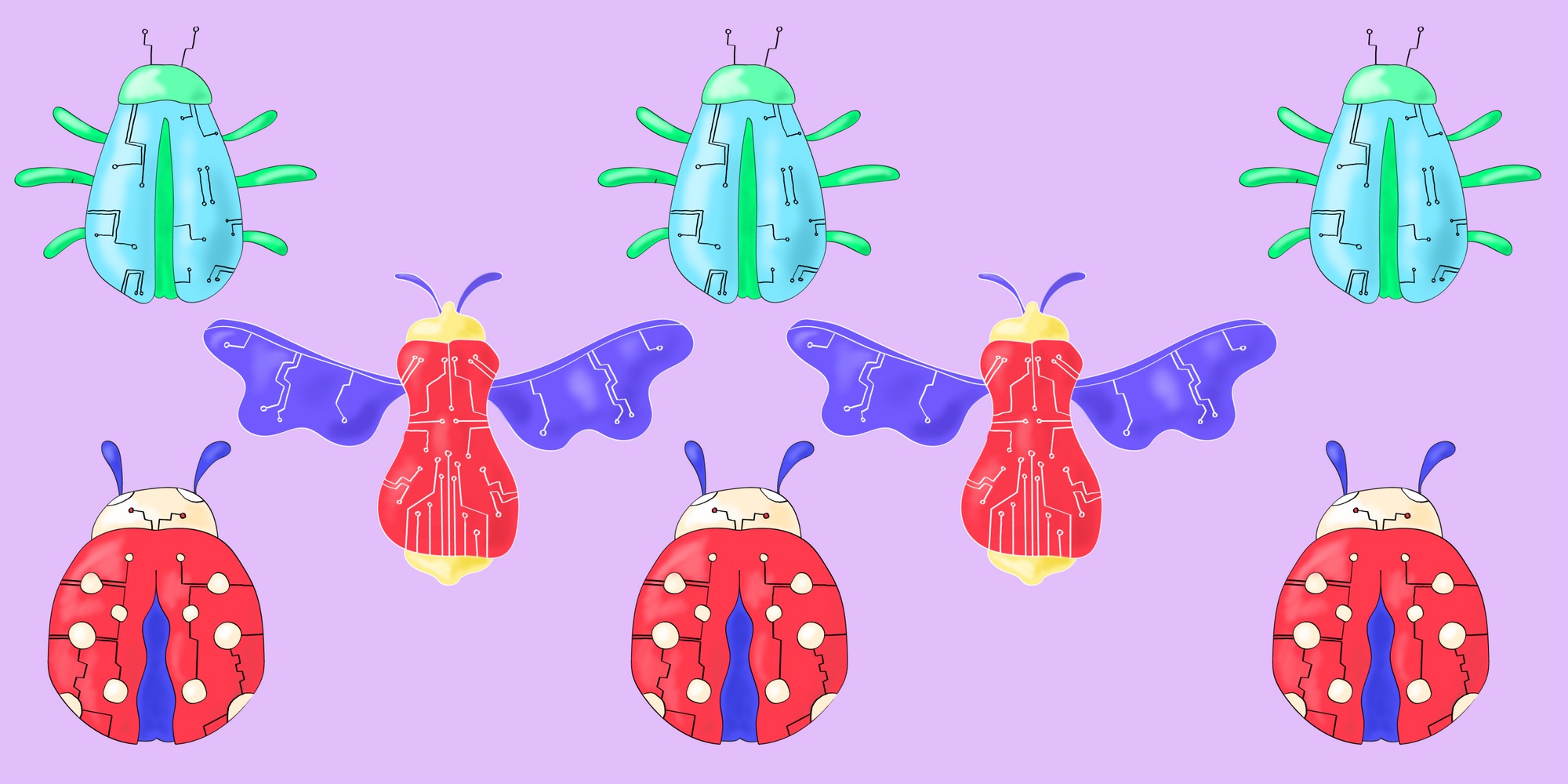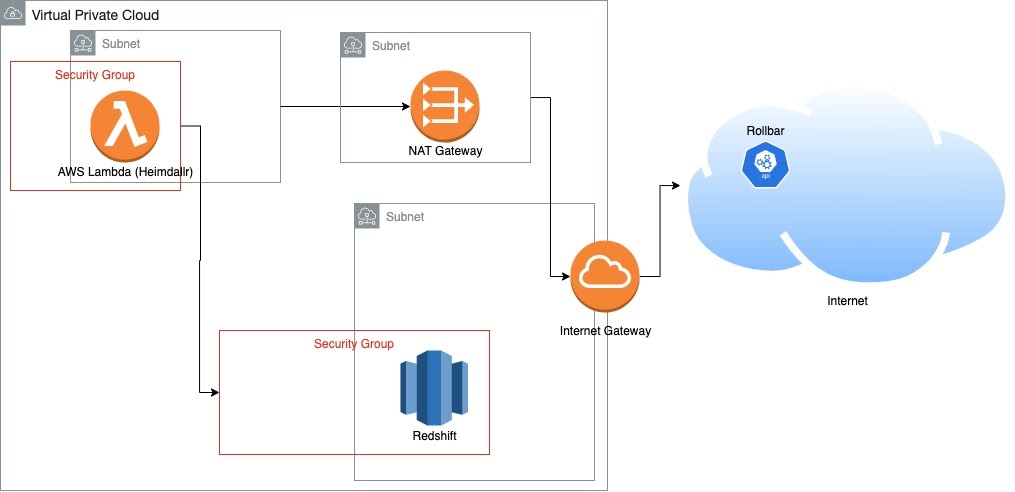
Let's have an Espresso: MLOps at Cleo
Fabio, a Data Engineer, talks about why we introduced Espresso, our MLOps framework.
This is some text inside of a div block with Cleo CTA
CTASigning up takes 2 minutes. Scan this QR code to send the app to your phone.

You didn’t hear it from me, but Cleo Engineers aren’t perfect. We have bugs. We have quite a few of them. Our relentless focus at Cleo is to make it as simple and joyful as possible for our users to level up their relationship with money.

But, when your error reporting tool (Rollbar) is frequently shouting at you, it’s difficult to prioritise which bugs to fix first. We knew we needed a solution.
Where to start? The bugs that had the most negative effect on users and the ones that were affecting user retention the most would make the biggest impact, so we put all the bug data into our analytics database and compared it with user retention. At a high level, the approach was to copy data from Rollbar to our analytics database (a Redshift instance).

We wrote some code that would run periodically and copy the data from Rollbar into Redshift, while keeping it updated. There were two options for tools: Heroku and AWS Lambda. Heroku was a natural first choice because our main application ran on Heroku. So, we laid out the pros and cons of each approach:
Advantages:
Disadvantages:
Advantages:
Disadvantages:
From a technical perspective, using a service on AWS meant that we could mitigate the risks and complications that might have arisen from talking to AWS services from outside AWS.
So without too much difficulty, we landed on AWS Lambda. We’re all about levelling up, so learning something new is always considered an opportunity here. One of our engineering principles at Cleo is to innovate the product, not the tech stack, which means we tend to lean towards the established way of doing things. However, we felt that because this was a non-user facing feature, we had more freedom to experiment and embrace new technology to enhance our tech stack. In fact, at the time of writing, Heimdallr* has been extended to save CircleCI and Heroku build and release information to our Redshift instance.

Above is a Ruby app with a job on AWS Lambda that runs every minute to get the latest occurrences from Rollbar and writes them to Redshift.
Why are there so many middle men between the Lambda and Rollbar? Well, this Lambda exists on our Virtual Private Cloud (VPC), and you can’t make external requests from a Lambda in a VPC to the internet. In order to make these requests, we need an Internet Gateway, which in turn requires a NAT Gateway. We route all outbound traffic from the Lambda to the NAT Gateway, and then we route all outbound traffic from the NAT Gateway to the Internet Gateway. We can then talk to Rollbar from the Lambda. This stack overflow answer explains it better.
The task to run was pretty simple. We needed to query the Rollbar API periodically and write to a table on Redshift to update it with new occurrences. We used the Ruby on Jets framework to simplify the process of getting our code on AWS. Using Jets meant we could write all of our Lambda in beautiful Ruby without having to deal with much boilerplate code. It comes with great documentation and some example apps. Using their command-line tool made it easy to build as we could run our Lambda functions locally in a Ruby console. Deployment was as simple as a single command. From this point, it was all about making sure we had any additional required configuration set up in the AWS console and alerting setup through CloudWatch to ensure our Lambda was functioning as expected.
You might be wondering what part Norse mythology plays here. Heimdallr is a Norse mythic God and provided inspiration and guidance for this project. The story goes that Heimdallr guarded the rainbow bridge Bifrost which connected Asgard, the world of the gods, and Midgard, the world of humanity (the bridge being the connection between Rollbar and Redshift). He was said to sleep less than a bird (our Heimdallr is always running) and used his horn, Gjallarhorn, to alert the gods when enemies drew near (our Heimdallr alerts us when there is an error). This metaphor is tenuous at best and grossly misunderstood at worst but I think the little joy it brings us outweighs any of its shortcomings.
Interested in working at Cleo? Check out our open roles, here.

Fabio, a Data Engineer, talks about why we introduced Espresso, our MLOps framework.

Claire, a Backend Engineer, outlines what CI/CD looks like at Cleo.

Learn more about our Analytics Engineering team. They do some cool stuff.

